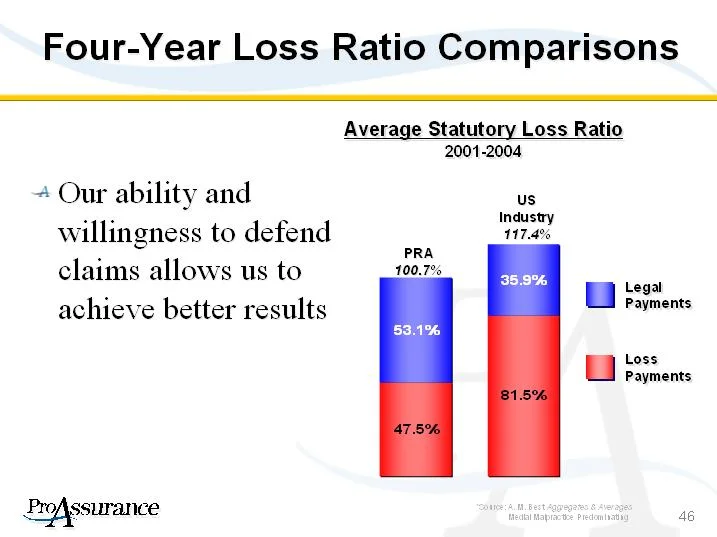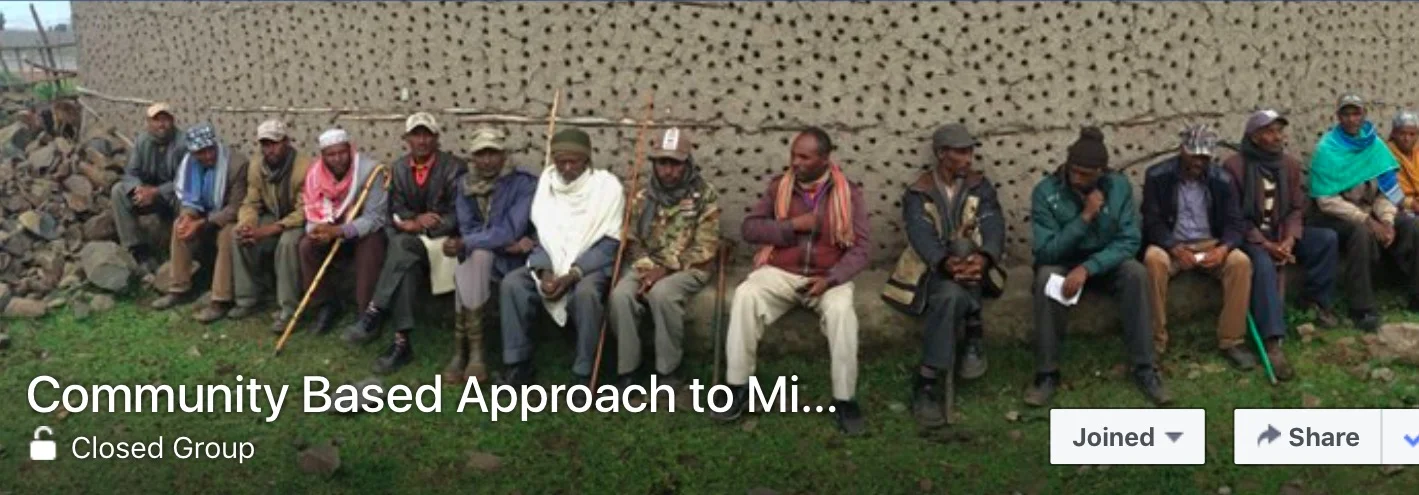Ten Things I Used to Know about Savings Groups
In 2002, Bill Grant introduced me to Savings Groups, and I fell in love with them – thinking, like many of us microcredit veterans, “We should have been doing that all along!”
Bill’s lucid explanation followed and to some extent helped create the conventional wisdom of the day about Savings Groups, as he and Hugh Allen had explained them in their seminal article in the Journal of Microfinance.
But during the ensuing fifteen years, I have seen so many groups in so many countries countries, talked in depth with program staff of international NGOs and local partners, and it feels like the more I learn about Savings Groups, the less I really know with certainty.
Here are ten of the things that I have been certain about at one time or another, that with time I have come to think either are false or at least very nuanced. I call the list,
Ten Things I Used to Know about Savings Groups
1. It takes about a year to train a group
In fact, it takes less than that, and more: Groups learn most of what they need to know very quickly, but they never stop learning, and there is a useful role for outside assistance indefinitely. It’s not necessary, and it’s probably not something that either the groups or donors want to pay for, but it can be useful.
2. Institutions called “Facilitating Agencies” form groups
Sometimes they do, but very often they find some sort of group already in place, and then simply train the group in the new procedures. In Kenya, research conducted by Aga Khan Foundation (available here) showed that many savings groups came into being by ROSCA upgrading: some member of a ROSCA knew about savings groups, and told the other members, and they switched their system.
3. Facilitating Agencies train SGs, and then leave them alone
Why would they want to leave them alone? The networks of savings groups, made up of disciplined serious people, meeting at a known time and place, having a group structure with elected officials, and having saved some money in addition, is one of the best development resources available. Local NGOs love savings groups, and want to use them for all sorts of purposes.
4. Members use the groups primarily for lump sums for investment
No, Savings groups are not like the mythical MFIs, that purport to help everyone invest in a small business. In fact, people use savings groups very often to help them make it through the inevitable hard times. They also buy durable goods like jewelry, a radio, a bike, often to show their neighbors that they are improving. And they use them to pay off other loans, or pay school fees, or fix the leaking roof, or invest in a marriage....
5. Members use the groups primarily for income smoothing
Just as we shouldn’t believe that savings group members are all investing in small businesses, we also shouldn’t think that none of them are. In fact, recent research, particularly Portfolios of the Poor, has shown how complex are people’s financial needs and behavior, as they constantly balance short term immediate needs with the desire to put together larger lump sums. Many groups seem primarily motivated by the promise of the distribution of assets at the end of the year, and borrow during the year only as a way to increase the size of the share out.
6. Groups are essentially small member owned banks
It’s hard to say what is the essence of savings groups. Some certainly are primarily financial services providers, but others seem like social clubs that use the financial activities as an excuse to get together. One member of a group told me, embarrassed, that she and the other ladies formed the group because they love each other. It's complicated.
7. Implementing agencies teach groups management skills
Sometimes, yes. Sometimes, groups gravitate back to their traditional management styles, and very often, they change and tweak the procedures they were taught.
8. Groups distribute their assets in proportion to how much they have saved
Yes, often, but proportional distribution is hard. It requires calculating the ratio of all the available cash (adjusted for any late loans) to the ratio of savings, and multiplying that ratio by the number of each member’s shares, and having it all come out right. It can happen, but I’ve seen at least three other ways of distributing assets – and they all seem to work for the groups involved.
9. Groups bring financial services to the unserved
That certainly happens a lot, but increasingly people who are in savings groups also have bank accounts or use mobile money. And, in some cases groups do not reach people who are very poor, leaving them unserved and excluded even after groups have been formed. The successive FinAccess studies in Kenya show that a large and growing number of people are both in an informal group and use formal services. Sounds good to me!
10. Savings groups distribute funds periodically to members
Mostly, yes. And I firmly believe that the annual distribution assures security and transparency as well as providing the lump sum pay out that people love. But some groups really don’t want to share out. They would rather see their savings and their assets grow. They have big dreams, and they don’t see how the annual distribution will help them realize those dreams.
Before people get too upset with Savings Revolution – please remember that I’m just describing what I have seen groups doing. These aren’t ten recommendations - they are just reports of a field reality that leaves me humble and reminds me that there’s so much more to learn.
Reader Comments (4)
Paul -
This is a classic piece. To my own "ten things I used to know about savings groups" which coincide with yours, I would add an eleventh: Savings groups distribute interest to each member in relation to the savings of that member. I found this not to be true. Groups distribute income in many ways. Sometimes they divide the income by the number of members regardless of what individual savings is; sometimes they return interest to only those who have borrowed and not to those who have saved; sometimes they don't distribute interest at all; and sometimes they only distribute interest and nothing else.
Wed, July 27, 2011 | Kim Wilson
Paul, thanks for sharing your insights in to your experience which is invaluable. SGs are appealing to me exactly for the reasons you described. There is some basic structure to them but they evolve based on the specific groups and cultures. That is why they work. Nothing is set in stone. So as long as that is the case, I am sure you will continue to learn, always.
Thu, July 28, 2011 | rahel
Dear Paul.
I agree with everything you observe, except for your second point. You ask, rhetorically, of NGOs, why they would want to leave groups alone? Well, one reason might be that they can maybe get on with life without some know-it-all NGO deciding what is good for them - and often getting it wrong. I grant you there's a whole lot of stuff that groups can usefully learn and a group is a handy way of passing on the message, but I have this mental image of spies, posted on kopjes on the edge of the village, alerting the cowed population to the appearance of yet another Toyota Land Cruiser hoving into sight stuffed with fresh-faced graduates determined to improve people's lives - and giving them the opportunity to hide.
I'm not really asking for much. In ALL of the time I've been in this business I have never come across a single programme that actually just trained groups and then left them alone, except in Zanzibar between 2002 and 2009 - when, alas, CARE contaminated the Petrie dish by coming back in to help JOCCDO create more groups. Since over 6 years the number of groups had grown from 43 to more than 250 and their average share out had risen to $6,000, I really thought that there was an excellent case for assuming that the job was done - and letting people decide for themselves how they could improve their lives and spread the methodology without 'facilitation'.
Someone told me recently that it's fully to be expected that the older one gets the less one is patient and sweet-tempered (you excepted Paul), so maybe I'm just reflecting that. But I do know that if I went to my local branch of Deutsche Bank and they started to harrangue me about solar lamps and the need to brush my teeth, I'd not only think they'd gone barking mad, but b) they probably didn't know what they were talking about and c) it was time to change my bank..
Hugh
Fri, July 29, 2011 | Hugh Allen
Hugh,
I asked why a local NGO would abandon its groups. I was thinking of an NGO like CREAM in West Nile, which seems to be training almost everyone in that poor area of Uganda, sandwiched between Sudan and DRC. They are a social and economic development agency, and pretty soon they will have the choice of either offering their groups more services, or going out of business. They offer their groups solar lamps, make a few cents on each sale, keep their staff out in the field post-grant, and bring a product that people love, that transforms education, health and family economies.
I wouldn't know what to make out of Deutschebank haranguing you to brush your teeth either. That would be strange indeed. But I'm glad CREAM is bringing clean, affordable lighting to their group members.
Very best,
Paul
Fri, August 19, 2011 |
NB; Originally published July 2011, and republished with a later date to move it higher on our reverse-chronological order list. Today,I could probably make even a LONGER list of things I used to know. Somewhat revised 13 March 2017



